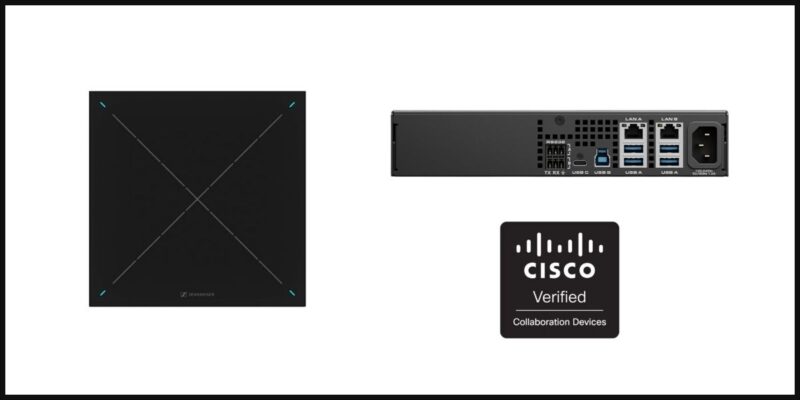Knocking Down Barriers to Pervasive Video Collaboration: Comprehensive Interoperability
I am a strong believer in the power of video; video can transform the relationships we have with our colleagues, partners, suppliers and customers. Our goal is to make video as universally available and easy to use as voice and data are today. Recent developments make it possible to scale video more cost-effectively across organizations, but as an industry there are still more hurdles to knock down in order to make rich, effective and efficient video collaboration part of everyone’s daily routine.
Customers have a breadth of needs when it comes to when and how they collaborate, and it’s no surprise to me that customers are taking a step back to evaluate the needs of their organization both now and in the future. While doing so, they are also trying to understand the alphabet soup of standards and what it means in terms of technologies working together. Which standard is better? What are the benefits of each? Will a technology that uses one standard be able to communicate with a technology that uses another standard? Will a technology made by one vendor be able to communicate with a technology made by another vendor?
I personally believe it is the vendors’ responsibility to take the complexity out of the equation and do whatever it takes to make things work together. For me, that means industry-wide commitment to open standards. Open standards ensure true interoperability across vendor and technology boundaries bringing us closer to our goal of making video universally available and easy to use. Cisco has led the way in developing open standards, driving the industry towards interoperable collaboration solutions. And we continue to do so.
If you are planning to attend the upcoming InfoComm and Cisco Live events, go to the Cisco booth to see some of the latest work we are doing in this area. You will be able to see cool demonstrations based on our scalable and cost-effective software architecture, such as:
- Browser-based, real-time communications using HTML5 and WebRTC which, while in their early stages, hold the promise of generating new collaboration opportunities and use cases.
- Support for emerging H.264 SVC and H.265 video standards which offer the potential to dramatically improve efficiency, scalability and the user experience. For example H.265 could reduce bandwidth consumption by up to 50 percent compared to established video codec technologies.
- Broad B2B video collaboration and multi-vendor interoperability based on industry standards including SIP, TIP, H.323, H.264 AVC and H.264 SVC. We’ll be showing a WebEx Enabled TelePresence meeting that includes Cisco Jabber, Microsoft Lync 2013, and IBM Sametime clients alongside videoconferencing hardware vendors such as Polycom.
Now is an unbelievably exciting time to be in the video collaboration industry – new generations of customers, partners, employees and students use video as their preferred way to communicate. Pervasive access to video is within reach, from both a technological and economic standpoint. To fully realize the vision of pervasive video, we must continue to embrace interoperability together as an industry and drive open standards adoption, eliminating isolated islands of users to achieve comprehensive interoperability.
This column was reprinted with permission from Cisco and originally appeared here.





